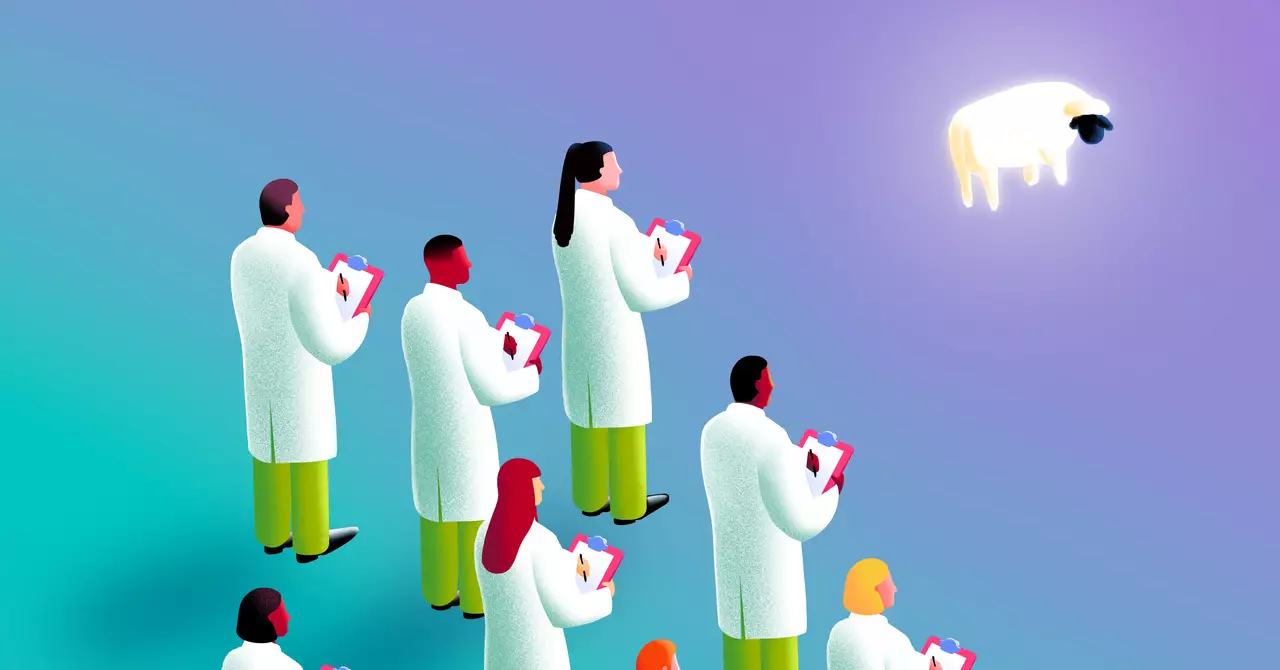In the coming years, particularly by 2025, advancements in artificial intelligence (AI) and machine learning (ML) promise significant breakthroughs in our understanding of non-human communication. This pursuit taps into a timeless curiosity: what are animals really conveying in their vocalizations and behaviors? With initiatives like the Coller-Dolittle Prize, which pledges substantial financial rewards to scientists who successfully “crack the code” of animal communication, there is an evident momentum that points toward a new chapter in this field. The convergence of powerful machine learning algorithms and the burgeoning availability of data creates unprecedented potential for deciphering the intricate sounds and signals that animals use to interact with one another.
Major advancements have emerged, spearheaded by research initiatives such as Project Ceti, which is focused on understanding the complex communication patterns of marine mammals like sperm whales and humpback whales. Researchers are diligently working to decode these species’ vocalizations, employing cutting-edge techniques that leverage enormous datasets. Historically, one of the primary challenges in interpreting animal sounds has been the limited availability of high-quality recordings. Recently, however, we have witnessed a technological surge that makes advanced recording tools more accessible. Devices like AudioMoth have democratized access to sound recording, allowing scientists to passively collect vast amounts of data in various natural settings—be it the rustling canopies of forests or the depths of the ocean.
The breadth of data being accumulated from such technologies is staggering. Comparatively, prior datasets were minuscule next to the extensive textual data that powers large language models (LLMs) like GPT-3, which was trained on over 500 GB of language data. The disparity in the amount of data available for analyzing human versus animal communication exemplifies the uphill battle faced by researchers in this domain. Nonetheless, as automated recording efforts ramp up, visualization and analysis of animal communications are becoming increasingly feasible.
Venturing into the realm of animal communication presents unique difficulties. Unlike human language, which is well-defined and understood, the subtleties of animal sounds elicit a daunting question: do these sounds even constitute a language? Various organizations, including Interspecies.io, aim to convert animal communications into more interpretable formats for humans, striving to bridge the communication gap between species. However, many experts contend that framing animal sounds as a true language may be overly ambitious. Instead, it might be more appropriate to focus on the idea of “deciphering” rather than “translating.” The goal would then be to understand the nuances and intentions behind animal vocalizations without imposing human concepts of language onto them.
Excitingly, as we approach 2025, we will likely witness advancements in analytical methodologies that leverage deep learning techniques to reveal underlying structures in animal vocalizations. These methodologies utilize convolutional neural networks to categorize and analyze vast quantities of recordings, unveiling patterns that may be akin to the grammatical structures found in human languages. However, the challenge remains: what precisely should researchers aim to uncover from these complex communications?
The implementation of new algorithms raises a critical question about the ultimate objectives of these research endeavors. It is essential to outline clearer goals beyond mere translation. Some scientists advocate for a more nuanced approach, emphasizing the importance of understanding the “what” and “why” behind animal sounds. For instance, discerning the emotions or intentions expressed through vocalizations could provide insight into social structures and interactions within species.
Deciphering animal communication may lead researchers to discover the extent of information conveyed among animals, as well as the potential for interspecies understanding. While some organizations are striving to bridge the gap in communication, others prefer a more cautious interpretation of the relationship between human and animal languages.
Ultimately, by 2025, humanity stands on the brink of a profound transformation in our comprehension of animal communication. The integration of AI and machine learning with accessible data collection methods presents profound opportunities to engage with non-human voices in ways previously thought unattainable. It is a thrilling prospect, one that could reshape not only our understanding of the natural world but also our relationship with the myriad species that share our planet. As we look forward to this new chapter, the importance of grounded expectations and careful interpretation cannot be overstated, ensuring a balanced approach as we venture into this uncharted territory.

